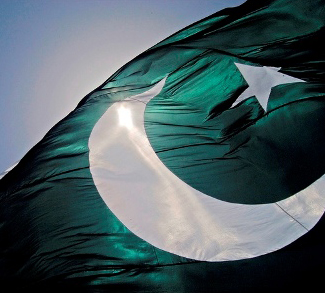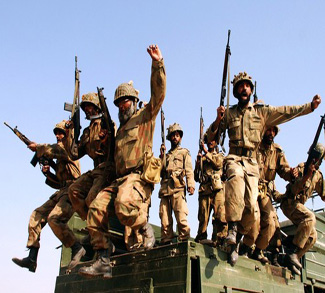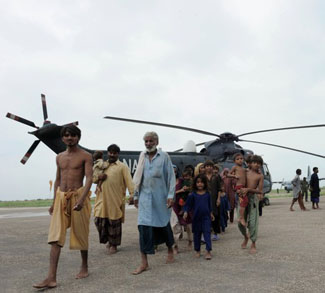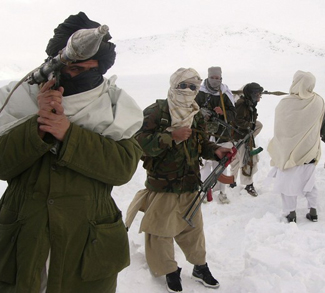On the evening of June 8, a handful of attackers invaded Pakistan’s Jinnah International Airport in Karachi, armed with rocket-launchers, grenades, and suicide vests. Local police and security officials battled the militants until early morning, with the final death count amounting to 34 people. Of these, 10 were militants engaged in the fighting.
Flights were suspended for the duration of the attack.
On June 23, another attack at a Pakistani airport unfolded – this time at Peshawar’s Bacha Khan International Airport. A plane flying into Peshawar from Saudi Arabia was fired upon by militants, resulting in one death and three injuries.
Both attacks have since been claimed by the Islamic Movement of Uzbekistan (IMU).
These attacks are not the first of their kind to be visited upon Pakistani airports. In December 2012, Taliban militants descended upon the Peshawar airport in an ambush which killed four and left five of the militants dead. Forty-five others were wounded. The IMU is believed to have been involved in this attack as well.
But what is the Islamic Movement of Uzbekistan doing in Pakistan?
Founded in 1998, the organization originally aimed to overthrow the secular regime of Uzbek leader Islam Karimov, still in power, and establish a regional Islamist government encompassing the neighboring states of Kyrgyzstan, Tajikistan, Kazakhstan, and Turkmenistan. This theoretical Islamist state would also include the territory of Xinjiang in China’s northwest.
The group was singled out as being the likely perpetrator of car bombings that disrupted the Uzbek capital of Tashkent in February 1999, which killed 16. The Uzbek regime classified the bombings as an attempt to assassinate Karimov and banned the group, subsequently arresting and executing several accused members in secret. Karimov cast blame for the attacks on IMU leader Tahir Yoldashev and his military commander, Juma Namangoni, who had already fled the country.
Most experts agree that the 1999 bombings have yet to be fully explained.
The IMU responded by declaring jihad on the Uzbek government, with several firefights breaking out between government forces and militants in the early 2000s. Militants with ties to the IMU fled Uzbekistan to settle in Afghanistan and Pakistan, with some choosing to fight alongside the Taliban against NATO forces. Afghanistan’s northern region, where the bulk of IMU militants operated, directly borders Uzbekistan, Tajikistan, and Turkmenistan, providing ample opportunity to plan and execute attacks in those areas.
IMU combatants also infiltrated Pakistan, setting up camp in the Federally Administered Tribal Areas of Mohmand, Bajaur, Khyber, and Orakzai, though they increasingly began to use North Waziristan as their central area of command, in part as a response to pressure from the Pakistani military in other areas of the country.
Meanwhile, the IMU’s long-term leader Yuldashev was killed in South Waziristan in Pakistan in 2009. The terror leader was wounded by a US drone, and later succumbed to his injuries. In 2010, the group appointed Usman Adil as its new leader. Adil would also be killed by air strikes in 2012.
Already allied with the Taliban and al-Qaeda, the IMU then entered a partnership with Tehreek-e-Taliban Pakistan (TTP), which has conducted a number of attacks on Pakistani state targets.
Much about the IMU remains a mystery: who its financial and political backers are, and the extent of its forces in Afghanistan and, crucially, in Pakistan.
The pullout of NATO troops from Afghanistan this year is a concern, as it will provide an opportunity for the IMU to extend its foothold in the pockets of Afghanistan and Pakistan where it has a presence.
Given the recent attacks in Pakistan, the IMU seems to be on the rise again after having been beaten back by US air strikes in the late 2000s. This is an important development in a region where Uzbeks constitute a significant minority of the population, especially given the looming US pullout from Afghanistan. Expect the IMU to remain a significant actor over the near term as it attempts to wrench the spotlight away from competing militant outfits like the TTP and Afghan Taliban.




